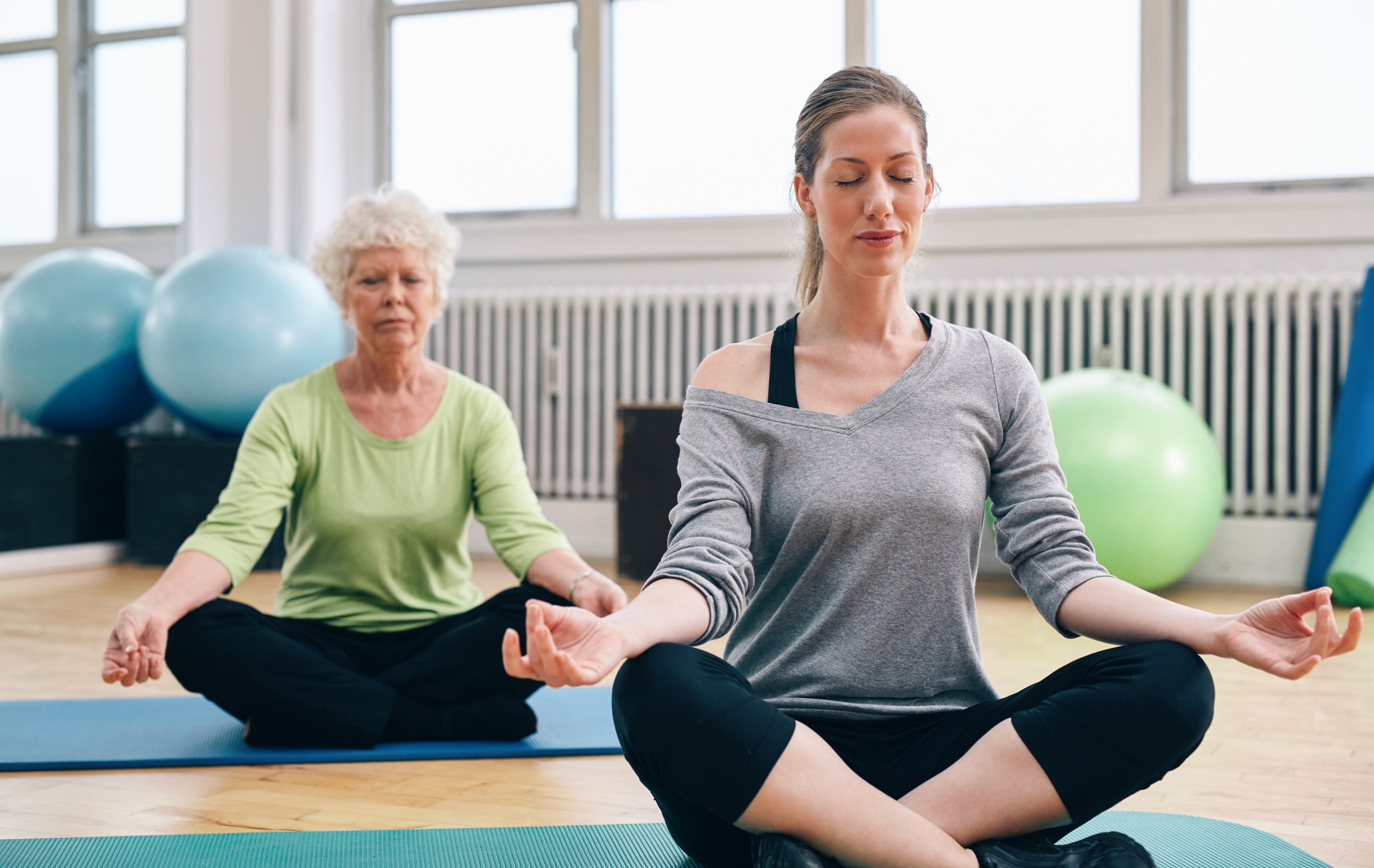Yoga teachers are essentially communicators. Improving our verbal cues is key to teaching supportive, well-rounded and impactful yoga classes. More often than not, we’re leading a varied group of students with a range of learning styles, knowledge, expectations and emotional states. It’s important that every student feels accepted, guided and safe. Determining the most effective way to deliver our cues so everyone understands is tough, meaningful and essential work.
Verbal cues For Yoga Teachers
 Think of verbal cues as a practice of connecting with people through language. Our words will likely fall flat from time to time, but we’ll always have the opportunity to try again. If a cue results in confusion or students move in a way we didn’t intend, that’s helpful information. In that situation, try a different approach instead of moving on. Self-correcting in the moment reveals our leadership and care. Our students’ responses to our cues are feedback on the cue itself and are not judgements on our value as yoga teachers. Here are some tips for improving our communication skills in class:
Think of verbal cues as a practice of connecting with people through language. Our words will likely fall flat from time to time, but we’ll always have the opportunity to try again. If a cue results in confusion or students move in a way we didn’t intend, that’s helpful information. In that situation, try a different approach instead of moving on. Self-correcting in the moment reveals our leadership and care. Our students’ responses to our cues are feedback on the cue itself and are not judgements on our value as yoga teachers. Here are some tips for improving our communication skills in class:
1. Take A Breath Before Speaking
People take class to be led through an experience. They expect us to tell them what to do and when to do it. Improving the delivery of our cues through breathing keeps our classes running smoothly and with everyone on the same page.
Breathing mindfully calms our nerves so we can focus on what we’re saying. Even more, inhaling before we speak enables us to annunciate clearly and project our words so our students can hear and understand us. The physical mechanics of this make sense if we consider our own vocal experiences. Full lungs allow us to vocalize from our cores as opposed to speaking while taking shallow breaths, which results in timid or superficial sounds. With control of our breath, we can vary our tone to motivate our students, show excitement and express joy, which makes our cues even more effective.
2. Use Clear And Concise Language
Simple directions are easy to follow and that’s exactly what we need our students to do – follow our cues. Naming the body part and how or where it should move next is a solid formula for giving clear directions. Hands on the mat, hips back and relax shoulders away from the ears are good examples of this. Imagery, poetic language and a thought-provoking dharma talk are essential to serving our students well. However, think of these other elements as decorations, adorning the base cues to illuminate all the depth and wonder yoga has to offer.
 When it comes to verbal cues, less is more. We don’t want to muddy our key message with a lot of words and it’s important to give our students time in the poses without us talking so they can turn inward and listen to whatever surfaces. Keep it clear and concise, and allow the combination of breath and asana to work its magic.
When it comes to verbal cues, less is more. We don’t want to muddy our key message with a lot of words and it’s important to give our students time in the poses without us talking so they can turn inward and listen to whatever surfaces. Keep it clear and concise, and allow the combination of breath and asana to work its magic.
3. Avoid Abstract Phrases And Anatomical Terms
Cueing effectively means speaking the language of our students. We, the teachers, might be accustomed to certain terms or figures of speech, but these words may sound foreign to our students since everyone arrives with a different degree of familiarity with yoga.
We may have heard cues such as shine the heart forward or connect to the earth, and then use them in our classes. While these phrases may serve a purpose at times, they’re also abstract concepts that do not explicitly tell our students what to do. Saying open the chest or press the soles of your feet into the mat convey how we want our students to move or engage their muscles.
Using anatomical terms as opposed to common names when referencing body parts may throw students off as well. Most of us are unfamiliar with scientific terminology, nor do we think about our bodies in these terms. For example, using shoulder blade instead of scapula in a cue will be clearer for the majority of the people in the room.
Improving Your Communication Skills With YogaRenew
It’s worth improving our communication skills since language is a bridge for connecting with our students. The more effectively we communicate, the more successful we’ll be at creating opportunities for people to develop body awareness, physical strength and calm, steady minds. Work with YogaRenew to become a yoga instructor.





